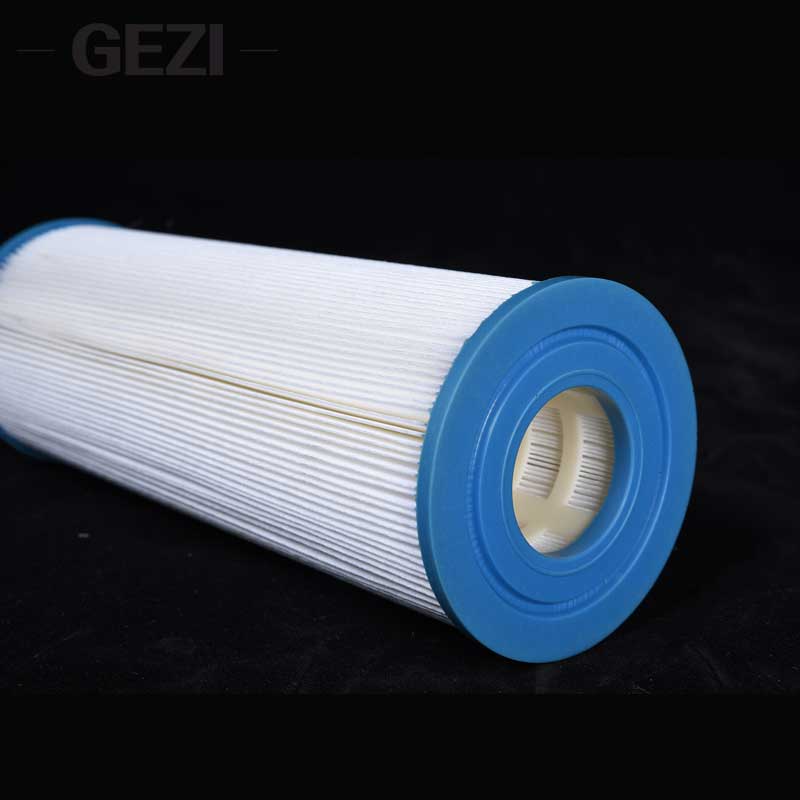Specifications
1.Length: 20″ (508mm), 40″ (1016mm), 60″ (1524mm) Multiple specifications match different systems.
2.Outer diameter: 6″ (152mm) common, 6.5″ (165mm) optional.
3.Inner diameter: Common 73.5mm.
4.Filtration accuracy: 0.5, 1, 2, 3, 5, 6, 10, 20, 40, 70, 100µm.
5.Maximum temperature: PP type about 82°C, glass fiber can reach 121°C, maximum PTFE/Glass fiber type can withstand 135–249°C.
6.Maximum pressure difference: room temperature can reach 3.4–4.0bar; about 1.4bar at high temperature (82°C).
7.Recommended pressure differential replacement: ~2.5bar (35psi).
8.Maximum flow: Single ultra-high flow:
20″: ≈660LPM (≈40m³/h)
40″: 1300LPM (≈78m³/h)
60″: 1900LPM (≈114m³/h)
9.Filtration area: 20″: 3–3.5m²; 40″: 7m²; 60″: 9–10.5m².
10.Sealing ring materials: EPDM, Buna-N, Viton, silicone, etc.
11.End cover/end type: single-open, double-open, center core/coreless configurations, etc.
Advantages and Features
1.High flow rate, low pressure loss: Large diameter fold structure makes each filter extremely high flow rate and small pressure drop
2.High pollution capacity: The filter area is several times the standard filter element, greatly extending the replacement cycle
3.Strong structural strength: hard cage or skeleton, able to withstand high pressure and high temperature environments
4.Chemical compatibility and easy to maintain: PP, GF, PES and other materials are widely used for various liquid media; hot melt structure is easy to clean
5.Economic and energy saving: large flow reduces spending, small footprint, low maintenance and core replacement work hours
Select suggestions
1.Preliminary determination of flow rate: Select the 20/40/60″ length model according to the system flow rate; if you need ≥100m³/h, you can choose the 60″ series.
2.Selection of filtration accuracy: 1-5µm before RO; 5-20µm for chemical anti-solid particles; PP FDA materials for food grade.
3.Material adaptation: PP type is suitable for most water and light chemical liquids; high temperature/corrosion resistance is selected as glass fiber or PTFE.
4.Structure and interface matching: check the housing end cover type (OE, DOE, single/double opening, etc.), O-ring material and core core/coreless specifications.
5.Operating conditions: Pay attention to the maximum pressure difference capacity at temperature to avoid overpressure failure.
6.Maintenance and replacement: Designing the core replacement principle of ΔP ≈2.5bar before each core replacement is designed; optional models with handles are easy to replace.

